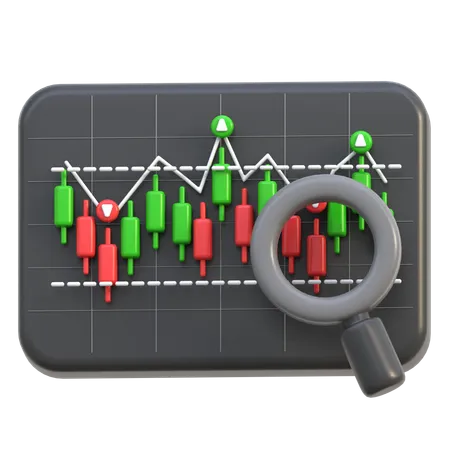Forex trading (foreign exchange trading or FX trading) is the process of buying and selling currencies to profit from changes in exchange rates. It is the largest and most liquid financial market in the world, with a daily trading volume exceeding $7 trillion. Traders participate in the forex market to speculate on currency price movements, hedge against risks, or facilitate international trade.
Forex trading involves exchanging one currency for another in pairs, such as EUR/USD (Euro/US Dollar) or GBP/JPY (British Pound/Japanese Yen). When you trade forex, you are betting on whether the value of one currency will rise or fall relative to another.
For example:

Decentralized Global Market
24-Hour Market
High Liquidity
Leverage & Margin Trading
Two-Way Market (Buying & Selling)
Forex pairs are categorized into three groups:
Major Pairs (Most traded, highly liquid)
Minor Pairs (Less traded but still liquid)
Exotic Pairs (Involving emerging market currencies)
Forex trading offers significant profit potential but also comes with high risk. A successful forex trader must develop a solid strategy, manage risks effectively, and maintain emotional discipline. Whether trading part-time or professionally, understanding the forex market is essential for long-term success.
TM9 Global Is A Prominent Technology And Software Development Provider, Offering A Wide Range Of Services To Meet The Needs Of Businesses And Individuals Alike. With A Dedicated Customer Service Team Available. You Can Whatsapp For Any Support At +971507242359, TM9 Global Ensures Prompt And Professional Assistance. Their Team Is Fluent In Both English And Arabic, Making It Easy For Clients From Different Linguistic Backgrounds To Receive Support. You Can Learn More About Their Offerings Or Get In Touch Through Their Official Website Here. For Added Convenience, They Also Provide An Easy-To-Recognize Logo That Represents Their Trusted Services In The Industry.
If you have any inquiries or need assistance, feel free to contact us by email. We respond quickly to support brokers and fintech professionals.
EmailYou can reach our team instantly using WhatsApp. We are here to assist brokers and financial professionals in Cyprus and worldwide.
Chat with Us on WhatsApp